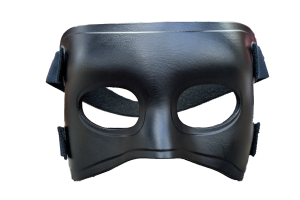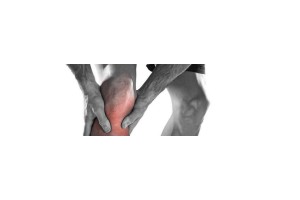Our Sports Injury Specialist Specialist Connor McLean answers your questions. In the first of the series, we look at how often you should
train for strength, how to compare power in different people and why
muscles get bigger. Comment on our post or send a message to submit your question for next Thursday.
Question: How often should I train for strength?
Answer: The most accepted amount of training for strength would be 2 – 3 days a week if you are starting out, as you become more proficient at training this could go up to every second day when training full body strength. This means that your body has time to recover and grow stronger on the rest day. If you train too often e.g. every day you are at risk of overtraining. This can actually have a negative effect on the body and you can regress (get weaker). This is because the muscle is repairing and growing slower than you are tearing them.
You can train every day however if you do a different training modality, e.g. strength and then cardiovascular training. Another way would be to train the body in isolated segments e.g. upper body then core then lower body. This allows the other parts of your body to recover as you utilise a different part. It should be noted that the rest is as important if not more important than the exercise itself as this is where the gains (improvement) from training is applied to the muscle.
Question: What’s the easiest way to compare power to weight ratio between different people?
Answer: If you don’t have access to a lab and specialised equipment, the easiest way to compare power to weight ratio would be body weight training. The reason behind this is you are lifting your own body weight so the muscles are directly proportional to each individuals’ size.
If you take press ups, a smaller person will have smaller muscles and can only do 20 press ups before failing. A larger individual may have more weight but their muscles are also bigger as they tend to be in proportion. They may only be able to do 20 press-ups as well, this means the 2 individuals have roughly the same power to weight ratio despite having a difference of say 40kg in weight. This is obviously a simple way of testing and will not be entirely accurate compared to a lab test. It should also be noted that the way in which you perform the exercise will determine what modality you are comparing. If you do normal press ups it will be more muscle endurance that will be being tested. If you do explosive press-ups (hands clearing the ground on each push) this will be more power.
Question: How and why do muscles get bigger?
Answer: Muscles get bigger when doing any type of training that puts a greater load on the muscle than it can current cope with. This could be anything from an activity or movement you don’t normally perform to lifting heavier weights than you have in the past.
The muscles grow bigger by tearing slightly and repair bigger and stronger to be able to cope with the excess load being put on them. If you over train or push yourself too hard this is when a more serious injury or tear can occur. The most common version of this would be training pain or “DOMS”.
Submit Your Question to Our Sports Therapist
Ask your question in the comment section on Facebook or send us a message. We'll be happy to answer it in next week's edition.











